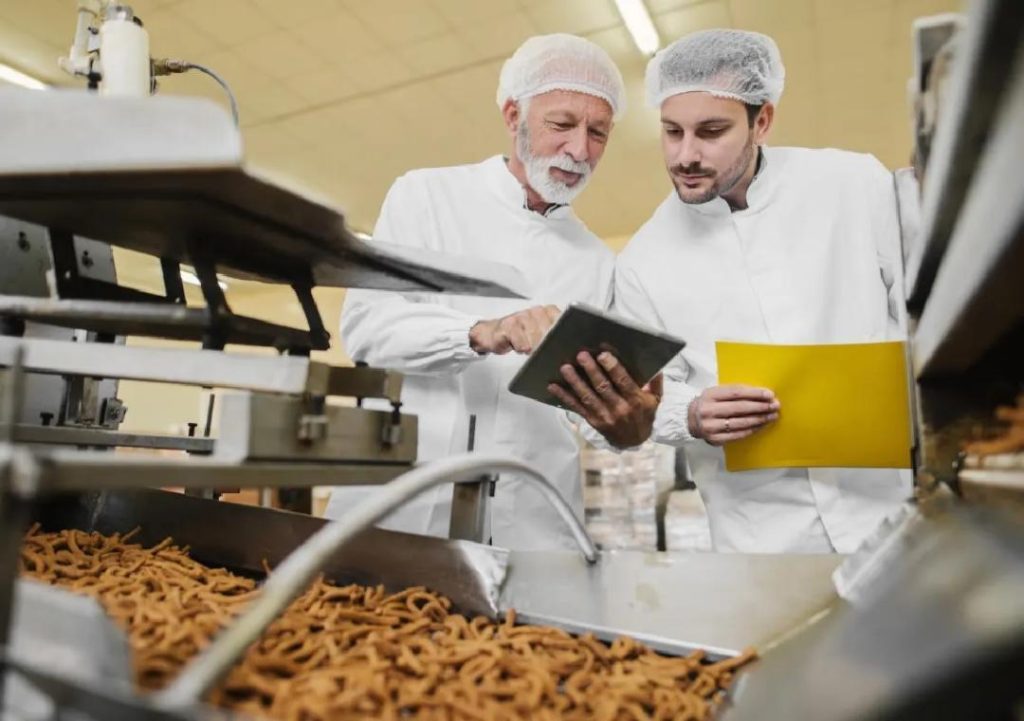
Can P&L Optimisation Redefine Success in Food Technology?
The food technology industry is one of the fastest-growing sectors, with a projected value of $250 billion by 2025. With the increasing demand for convenient, healthy, and sustainable food options, food tech companies are under pressure to innovate and adapt to changing consumer preferences. However, with rising costs, intense competition, and regulatory challenges, maintaining profitability is a significant concern for many food tech companies. In this article, we will explore how P&L optimisation can redefine success in food technology by streamlining operations, cutting waste, and supporting better decision-making.
The Importance of P&L Optimisation
Profit and Loss (P&L) optimisation is the process of identifying and eliminating inefficiencies in a company’s operations to improve profitability. In the food technology industry, P&L optimisation is critical to achieving success. With thin profit margins, food tech companies can quickly become unprofitable if they don’t manage their costs and revenue effectively. By optimising their P&L, food tech companies can:
- Reduce waste: By streamlining inventory management, food tech companies can reduce food waste and lower costs.
- Sharpen demand forecasting: By using data analytics and machine learning, food tech companies can improve demand forecasting, leading to better inventory management and reduced stockouts.
- Support better decisions: By having access to real-time data and insights, food tech companies can make informed decisions about pricing, product development, and marketing.
Automation, Smart Inventory Systems, and Data Analytics
To achieve P&L optimisation, food tech companies are adopting various tools and technologies, including:
- Automation: Automation is revolutionising food technology operations by streamlining processes, reducing errors, and increasing efficiency. From automated inventory management to automated quality control, automation is helping food tech companies to improve productivity and reduce costs.
- Smart Inventory Systems: Smart inventory systems use data analytics and machine learning to track inventory levels, forecast demand, and optimise inventory replenishment. These systems help food tech companies to reduce stockouts, overstocking, and waste.
- Data Analytics: Data analytics is providing food tech companies with valuable insights into their operations, enabling them to identify areas for improvement, optimise processes, and make data-driven decisions.
Scalable Models for Sustainable Growth
To stay competitive in the industry, food tech companies need to adopt scalable models that support sustainable growth. Scalable models involve:
- Standardising processes: Standardising processes helps food tech companies to reduce costs, improve efficiency, and increase scalability.
- Centralising data: Centralising data enables food tech companies to access real-time insights, track performance, and make data-driven decisions.
- Implementing automation: Implementing automation helps food tech companies to reduce errors, increase efficiency, and improve productivity.
Real-World Examples of P&L Optimisation in Food Technology
Several food tech companies have successfully implemented P&L optimisation strategies to improve profitability and drive growth. For example:
- FoodLogiQ: FoodLogiQ is a food technology company that provides a cloud-based platform for food safety and quality control. By implementing automation and smart inventory systems, FoodLogiQ was able to reduce costs, improve efficiency, and increase scalability.
- FarmLogs: FarmLogs is a farm-to-table food technology company that provides a platform for farmers to manage their operations and supply chains. By using data analytics and machine learning, FarmLogs was able to improve demand forecasting, reduce waste, and increase revenue.
Conclusion
P&L optimisation is critical to achieving success in the food technology industry. By adopting automation, smart inventory systems, and data analytics, food tech companies can streamline operations, cut waste, and support better decision-making. Scalable models that support sustainable growth are essential for food tech companies to stay competitive in the industry. By implementing P&L optimisation strategies, food tech companies can redefine success and drive growth in the industry.
News Source:
https://www.growthjockey.com/blogs/p-and-l-operations-in-food-tech






